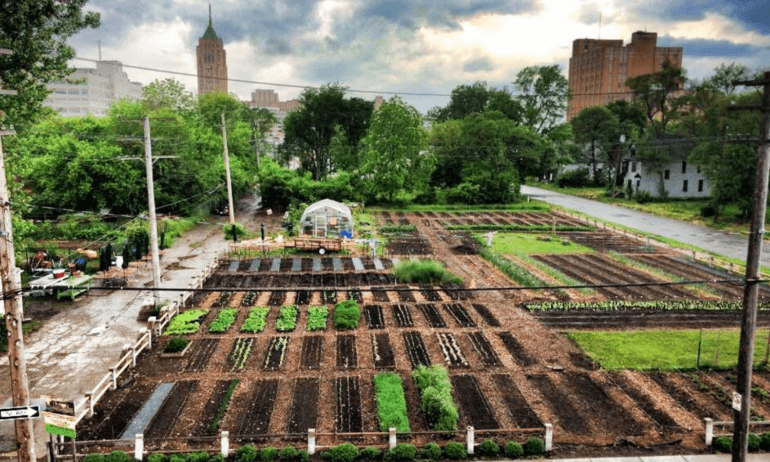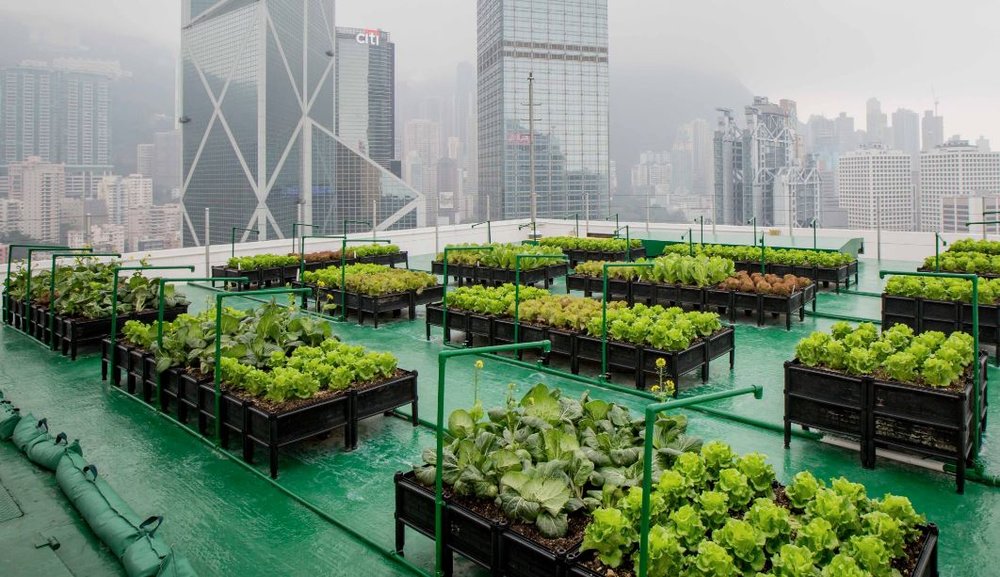The smart Trick of City Blooming That Nobody is Talking About
The smart Trick of City Blooming That Nobody is Talking About
Blog Article
Excitement About City Blooming
Table of ContentsGetting The City Blooming To WorkThe Main Principles Of City Blooming The Definitive Guide to City BloomingEverything about City Blooming7 Easy Facts About City Blooming Explained
Interested in expanding food for sale in the City of Chicago? Below is a checklist of regularly asked inquiries regarding the rules and policies that cultivators must think about when intending an urban agriculture task.
The zoning modification does not customize any other codes managing composting, building authorizations, buying or leasing City possessed home, service licenses or ecological contamination. There are existing codes that regulate these problems and they stay in full effect and might apply to your job. Area yards are usually owned or managed by public entities, public organizations or community-based companies and maintained by volunteers.
Urban ranches grow food that is intended to be offered, either on a not-for-profit or for-profit basis. As a result of their industrial purpose, city ranches require a company license. Yes. A neighborhood yard is enabled to sell surplus create that was grown on website if the sales are accessory or subservient to the yard's main objective explained over.
City Blooming for Beginners
The quantity of compost product can not exceed 25 cubic yards at any type of offered time according to the standards in 7-28-715 of the City's Municipal Code. Since the soil at most new yard websites requires amending, garden compost, soil, timber chips, or various other materials can be gotten to create or boost the growing area.

If a building authorization is called for after that the hoophouse will be considered an accessory building. You can locate out more regarding the building license needs by speaking to the Department of Buildings. The 25,000-square-foot size restriction is meant to stop a single community garden from controling an offered block or diminishing the block's existing property or business character.
The limit does not apply to yards found in Public Open Space (POS) districts. Can there be more than one area yard that is 25,000 square feet on a single block? Yes. The dimension limit puts on private gardens, not to private blocks. No. Secure fencing is not required, nevertheless, gardens that have huge car park locations might be needed to mount fencing or other landscaping functions.
The Buzz on City Blooming
B1 & B2 districts call for that all industrial use tasks be conducted indoors. R areas restrict commercial activity. The guidelines mirror the purpose and intent of the Zoning Code. Is fencing needed for city farms? Yes. Fences may be needed, in addition to landscaping and screening, for specific parking lot and exterior job or storage space locations depending upon place and the details task taking location.
Yes. Urban farms need building authorizations and zoning approvals before building and construction. Other types of city review might be required depending upon certain frameworks, tasks, dimension, landscaping, licensing, public health and stormwater monitoring concerns. A lot of these needs are determined in the job design or permitting procedure, however, the applicant may be liable to independently recognize certain licenses or allows that may be needed.
Yes. The type of license is identified by what is taking place at the site. The Department of Business Affairs and Customer Security can aid determine the specific sort of organization permit that's called for. Yes. Off street car park is required for most commercial tasks in Chicago. The needed number of car parking rooms is based upon the number of staff members dealing with site review and not the square video footage of the expanding area.
Not known Facts About City Blooming

A metropolitan farm can offer garden compost material produced on website, however, the procedure needs to abide with the policies in 7-28-715 of the Chicago Municipal Code. Aquaponic systems are permitted inside on urban ranches in many zoning districts.
Approximately five hives or swarms of honey might be kept as an accessory usage. Nevertheless, beekeepers should register with the Illinois Division of Agriculture. For more details concerning the proposed zoning amendment you might contact the Department of Real Estate and Economic Growth, Bureau of Planning and Zoning at 312.744.8563.
Farming in cities and city locations A metropolitan ranch in Chicago. Urban agriculture describes various practices of cultivating. https://www.huntingnet.com/forum/members/cityblooming.html, processing, and dispersing food in urban locations. The term additionally puts on the location activities of pet husbandry, tank farming, beekeeping, and cultivation in a metropolitan context. Urban farming is distinguished from peri-urban agriculture, which occurs in rural locations beside suburbs.
How City Blooming can Save You Time, Stress, and Money.
, that look for to create social networks founded on a common ethos of nature and neighborhood holism. These networks can create by method of formal institutional support, ending up being incorporated into regional town planning as a "change community" activity for lasting city advancement.
Some of the initial proof of urban agriculture comes from Mesopotamia.
Report this page